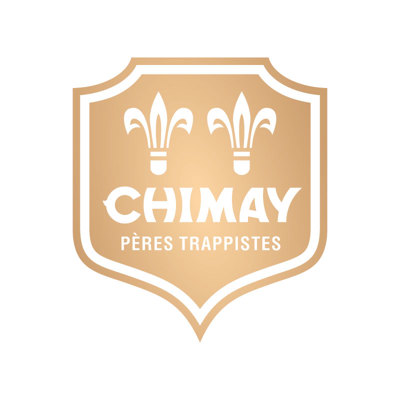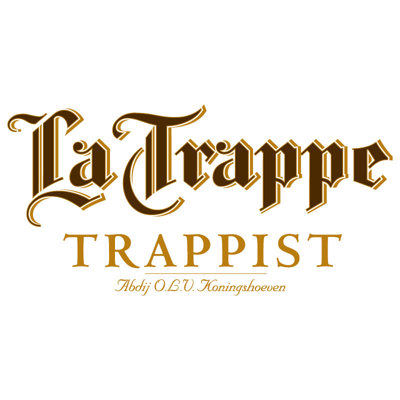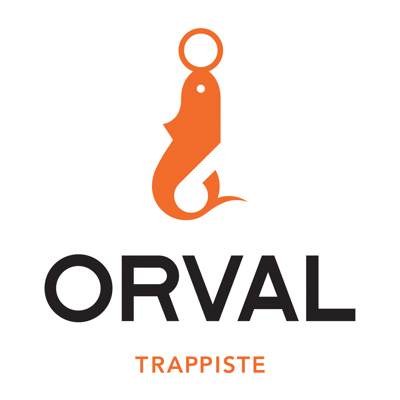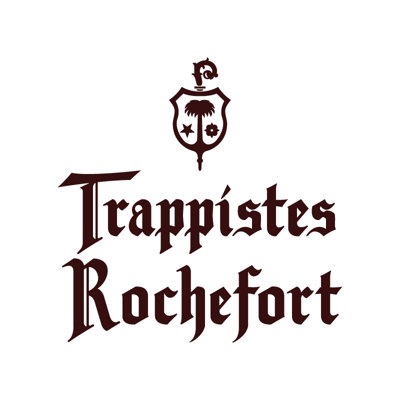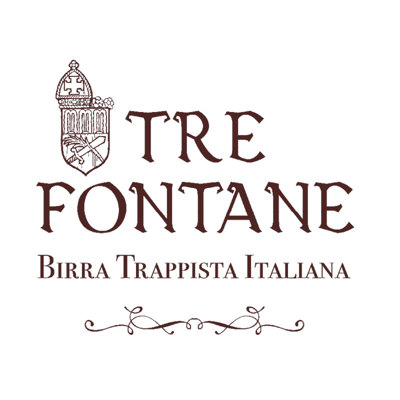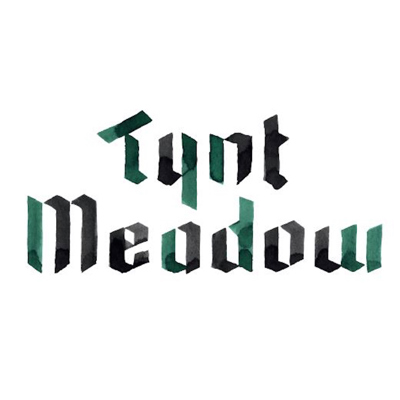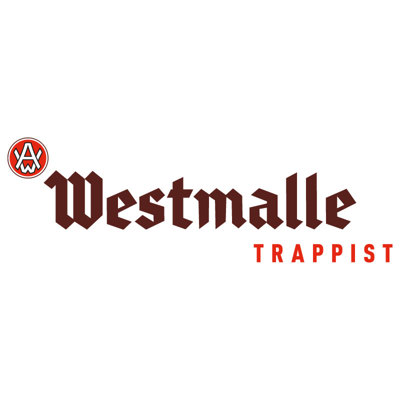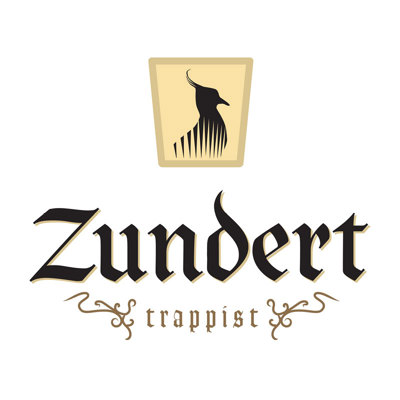Criteria for obtaining the ATP label
Some products produced by ITA members bear the exclusive, international label “Authentic Trappist Product” (ATP). The most famous are the different Trappist® beers. But other products can also qualify for the label, from bread to cheese, liqueurs, and religious artifacts.
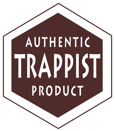
Three ATP guidelines
To be able to use the label on one of its Trappist® products, the abbey submitting an application to the AIT must meet these three strict criteria:
- All products must be made within the immediate surroundings of the abbey;
- Production must be carried out under the supervision of the monks or nuns;
- Profits should be intended for the needs of the monastic community, for purposes of solidarity within the Trappist Order, or for development projects and charitable works.
The following products carry the “Authentic Trappist Product” label".
- BOA VISTA (Bra) Boa Vista abbey: Trappist®-chocolate
- CARDENA (SP) San Pedro de Cardeña abbey : Trappist®-liqueur
- CHIMAY (B), Scourmont abbey: Trappist® beers and Trappist® cheese
- KLAARLAND, Priory of Klaarland, Bocholt (B); Trappist®-jams
- LA TRAPPE (NL), Koningshoeven abbey, Tilburg (NL): Trappist® beers and Trappist® cheese, bread, biscuits, chocolate, jam and honey.
- MONT DES CATS (FR), Mont des Cats abbey, Godewaersvelde (FR) : Trappist®-cheese
- ORVAL (B), Our Lady of Orval abbey, Orval (B) : Trappist® beers and Trappist® cheese
- ROCHEFORT (B), Saint Remy de Rochefort abbey : Trappist® beers
- TRE FONTANE (IT), Tre Fontane abbey, Rome (IT) : Trappist®-liqueur and Trappist® beers
- TYNT MEADOW, Mount Saint Bernard’s abbey, Leicester (UK) : Trappist®-beers
- WESTMALLE (B), Our Lady of the Sacred Heart Westmalle abbey (B): Trappist® beers and Trappist® cheese
- WESTVLETEREN (B), Saint Sixtus abbey, Westvleteren (B): Trappist® beers
- ZUNDERT (NL), Maria Toevlucht abbey, Zundert (NL) : Trappist® beers
Awarding of the ATP label
Once the application has been made, what next?
Having submitted its application, and once the product has been on sale for some months, an abbey will follow this procedure:
- The monastery compiles a dossier on the product. This dossier contains, among other things, a completed questionnaire which describes how the community is involved in work and management. It also provides information on methods of production, quality control, channels of distribution, and the structures and character of external communication.
- Once the application has been received, a board member of the ITA and a member of the Quality Commission will visit the abbey and the production site, to ensure that the criteria for the label are met. They will carry out a quality audit and ensure the traceability of products.
- The results of these investigations are first evaluated by the ITA governing body, then in dialogue with the producing abbey.
- The governing body of the ITA will then vote on whether or not the label, “Authentic Trappist Product”, may be awarded to the product.
A license lasting five years
The ATP license is valid for five years and is issued either for a single product or for a category of products. The label not only certifies the Trappist origin of the product; it also provides consumers with a guarantee that the products sold correspond to the values and standards of quality proper to a living Trappist community.
